10 Best Herbal Baths For Cramps

Herbal baths for cramps are a natural remedy that involves soaking in warm water infused with specific herbs known for their soothing properties.
Common herbs used include lavender, chamomile, ginger, and fenugreek, each offering unique benefits such as relaxation, anti-inflammatory effects, and improved circulation. These baths can help alleviate menstrual cramps, muscle aches, and digestive discomfort by promoting relaxation and reducing tension in the body. To prepare an herbal bath, simply add a few tablespoons of dried herbs to warm water and soak for 15 to 30 minutes.
Regular use of herbal baths can provide long-term relief and support overall wellness without the need for pharmaceutical interventions.
FREE Herb Drying Checklist
How to make sure every batch retains maximum flavor, color, and aroma without the risk of mold or over-drying. Eliminate guesswork and trial-and-error, making herb drying faster, easier, and more efficient every time.
Table of Contents
1. Curcuma longa
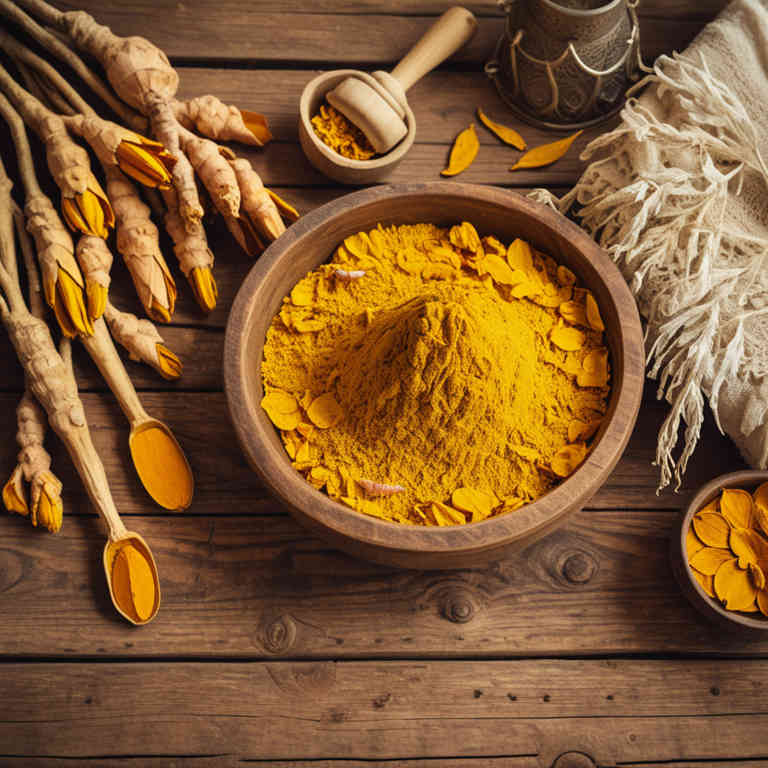
Curcuma longa, commonly known as turmeric, has been traditionally used in herbal baths to alleviate cramps, particularly menstrual cramps, due to its anti-inflammatory and analgesic properties.
When added to warm water, turmeric can help relax muscles and reduce pain by improving circulation and reducing inflammation in the body. The active compound curcumin in turmeric is believed to contribute to its effectiveness in easing cramping discomfort. Herbal baths with turmeric are a natural, non-invasive option for those seeking relief from cramps without the use of pharmaceuticals.
However, it is advisable to consult a healthcare professional before incorporating turmeric baths into a treatment regimen, especially for individuals with sensitive skin or existing medical conditions.
2. Rosmarinus officinalis
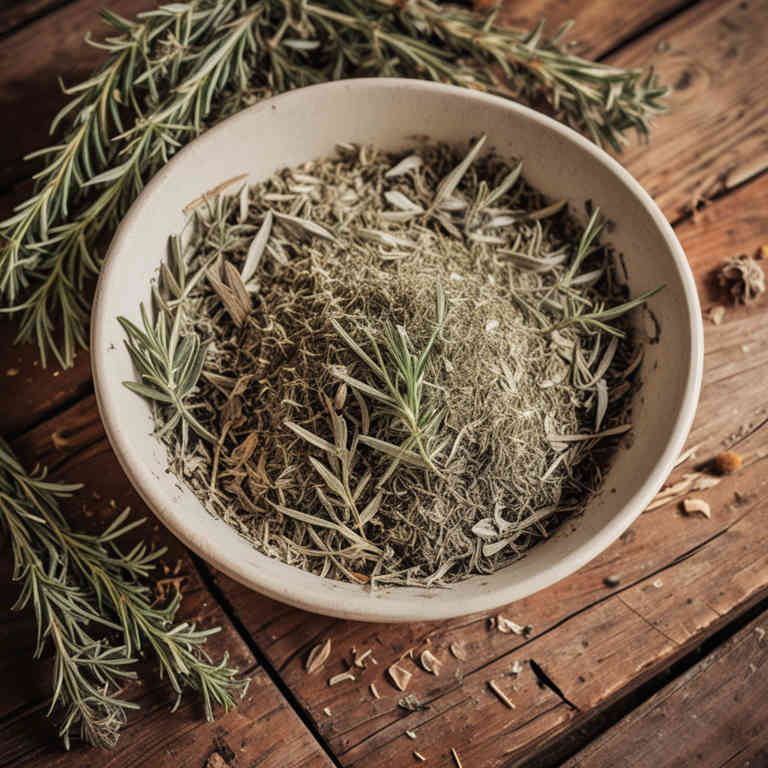
Rosmarinus officinalis, commonly known as rosemary, is a fragrant herb often used in herbal baths to alleviate menstrual cramps and other types of muscle pain.
When infused into bath water, rosemary essential oil or dried leaves release calming and warming properties that help relax tense muscles and improve blood circulation. The aromatic compounds in rosemary have been traditionally used to ease discomfort and reduce inflammation associated with cramps. A warm rosemary bath can also promote relaxation and reduce stress, which may contribute to the severity of cramp symptoms.
Incorporating rosemary into a bath routine can be a natural and soothing way to manage cramps while enhancing overall well-being.
3. Salvia officinalis

Salvia officinalis, commonly known as sage, has been traditionally used in herbal baths to alleviate menstrual cramps and other types of abdominal discomfort.
The infusion of sage leaves in warm water creates a soothing bath that can help relax the muscles and reduce inflammation. Sage contains compounds such as thujone and rosmarinic acid, which may have antispasmodic and analgesic properties that support relief from cramping. To prepare a sage bath, steep fresh or dried sage leaves in boiling water for several minutes, then add the liquid to a warm bath.
Regular use of sage-infused baths can provide a natural and calming way to manage cramps, though it is advisable to consult with a healthcare provider before incorporating it into a wellness routine.
4. Mentha piperita
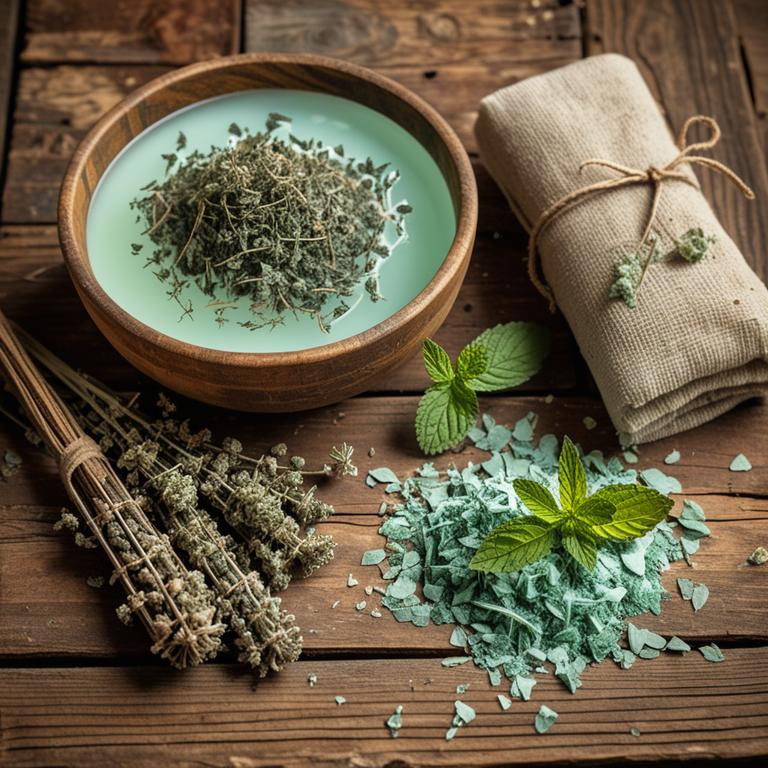
Mentha piperita, commonly known as peppermint, is often used in herbal baths to alleviate menstrual cramps due to its soothing and cooling properties.
When added to warm water, peppermint essential oil or fresh leaves can help relax the muscles and reduce tension in the abdomen. The aromatic compounds in peppermint may also help ease stress, which is a common contributor to menstrual discomfort. A 15- to 20-minute soak in a peppermint-infused bath can provide relief and promote relaxation.
However, it is important to dilute the essential oil properly and consult with a healthcare provider if you have any underlying medical conditions.
5. Urtica dioica

Urtica dioica, commonly known as stinging nettle, has been traditionally used in herbal baths to alleviate menstrual cramps due to its anti-inflammatory and circulatory benefits.
When infused into warm water, the leaves release compounds that may help relax uterine muscles and reduce pain. A nettle bath involves steeping fresh or dried nettle leaves in boiling water for several hours before adding the liquid to a warm bath. This practice is believed to improve blood flow and ease discomfort associated with cramping.
While generally safe, individuals with allergies or sensitivities should exercise caution, as stinging nettle can cause skin irritation in some cases.
6. Vitex agnus-castus
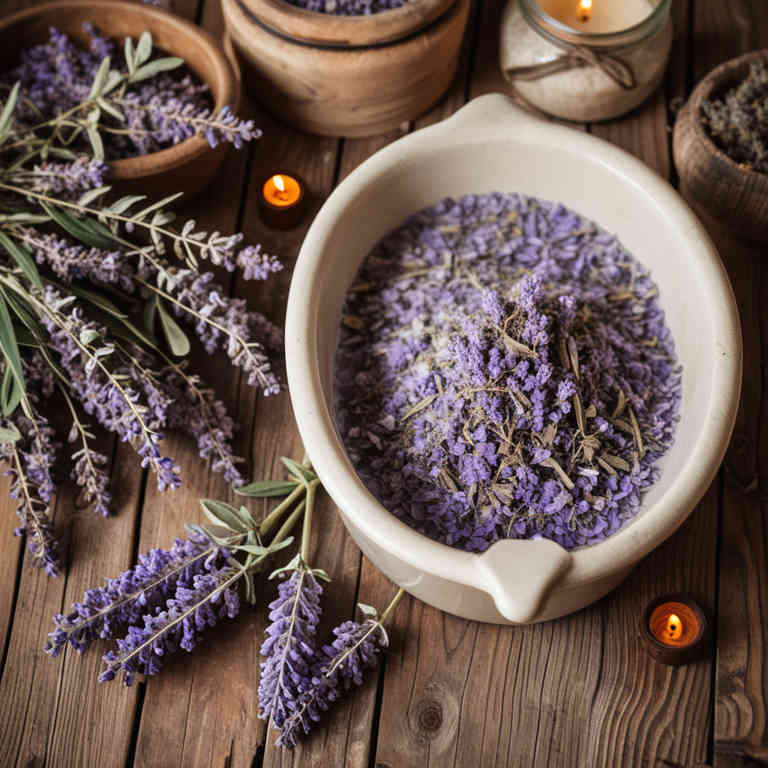
Vitex agnus-castus, commonly known as chasteberry, has been traditionally used in herbal baths to help alleviate menstrual cramps and discomfort.
When infused into bathwater, the herb is believed to support hormonal balance, which can reduce the intensity of cramps and promote a sense of calm. The soothing warmth of the bath combined with the calming properties of vitex can help relax the muscles and ease tension in the lower abdomen. Many women find that regular use of vitex herbal baths provides a natural and gentle way to manage period pain without relying on pharmaceuticals.
However, it is important to consult with a healthcare provider before incorporating this remedy, especially for those with existing medical conditions or who are pregnant.
7. Lavandula angustifolia

Lavandula angustifolia, commonly known as English lavender, is often used in herbal baths to help relieve menstrual cramps due to its soothing and anti-inflammatory properties.
When added to warm bathwater, lavender essential oil or dried lavender flowers can promote relaxation and ease muscle tension, which is beneficial for cramp relief. The aromatic compounds in lavender have a calming effect on the nervous system, helping to reduce stress and pain perception. A lavender bath can also improve circulation, which may further alleviate discomfort associated with menstrual cramps.
For best results, it is recommended to soak in the bath for at least 15 to 20 minutes, allowing the body to absorb the therapeutic benefits of the herb.
8. Zingiber officinale
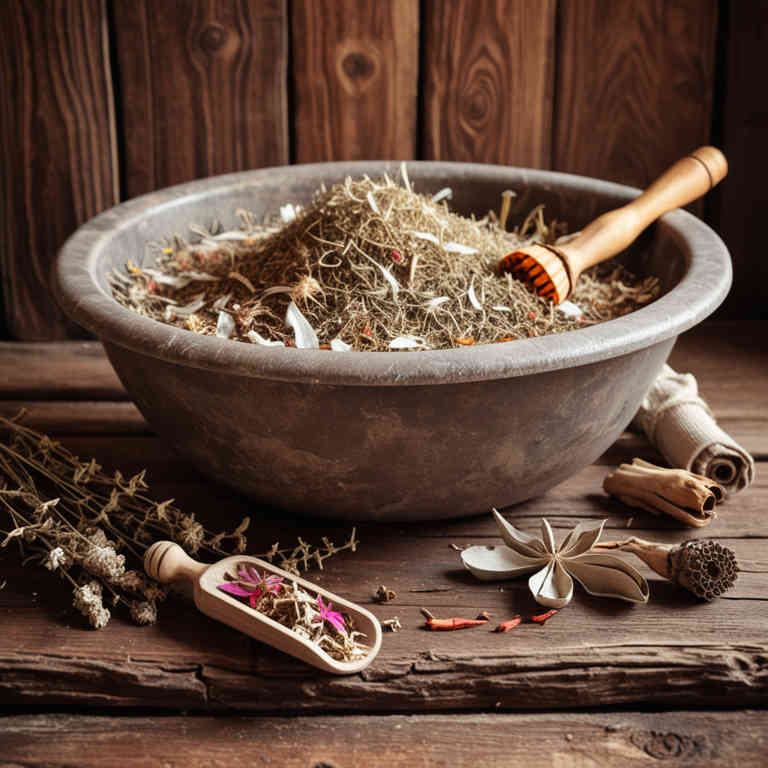
Zingiber officinale, commonly known as ginger, has been traditionally used to alleviate cramps due to its anti-inflammatory and antispasmodic properties.
When incorporated into herbal baths, ginger can help relax muscles and reduce discomfort associated with menstrual cramps, muscle spasms, or digestive issues. To prepare a ginger bath, fresh ginger root is typically sliced or grated and added to warm water, allowing its active compounds to release into the water. The warmth of the bath enhances the absorption of ginger’s beneficial properties through the skin, promoting relaxation and easing tension.
Regular use of a ginger herbal bath can offer a natural and soothing remedy for various types of cramps, supporting overall wellness and comfort.
9. Cinnamomum zeylanicum

Cinnamomum zeylanicum, commonly known as cinnamon, has been traditionally used in herbal baths to alleviate menstrual cramps and other types of muscle discomfort.
The aromatic compounds in cinnamon, such as cinnamaldehyde, possess warming properties that help relax muscle tissues and improve blood circulation. To prepare a cinnamon bath, a handful of cinnamon sticks or ground cinnamon can be added to warm water, allowing the beneficial oils to release into the water. Soaking in this bath for 15 to 30 minutes can provide soothing relief and reduce inflammation.
While cinnamon baths are generally safe, it is advisable to consult a healthcare professional if you have sensitive skin or underlying health conditions.
10. Achillea millefolium
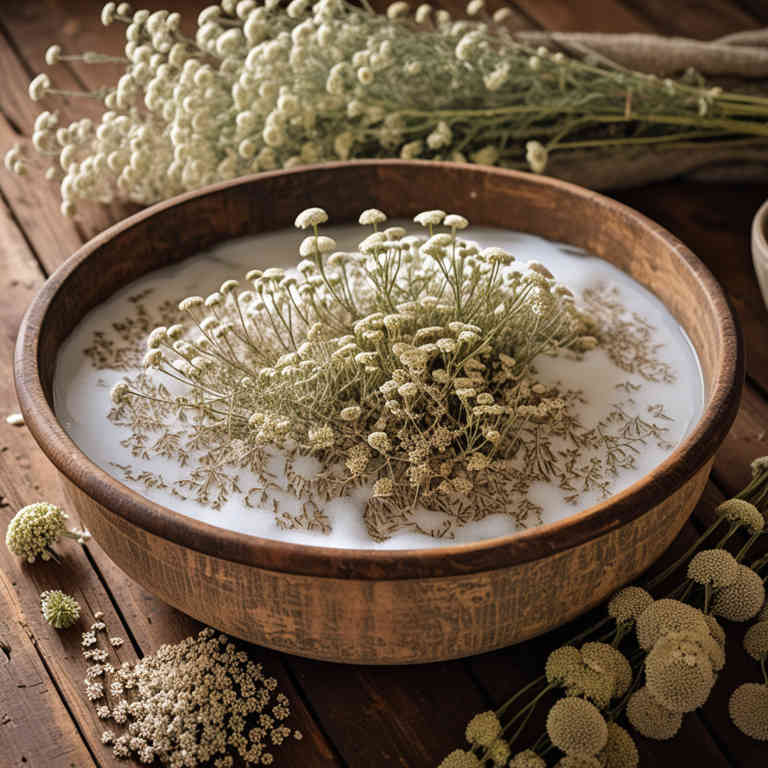
Achillea millefolium, commonly known as yarrow, has been traditionally used in herbal baths to alleviate menstrual cramps due to its anti-inflammatory and antispasmodic properties.
When infused into warm water, yarrow helps to soothe uterine muscles and reduce discomfort associated with cramping. The plant contains compounds like azulene and flavonoids, which may contribute to its soothing effects on the body. To prepare a yarrow bath, simply steep dried yarrow flowers in hot water for several hours and then add the liquid to a tub of warm water.
Regular use of yarrow baths can offer a natural and calming remedy for women experiencing menstrual pain.